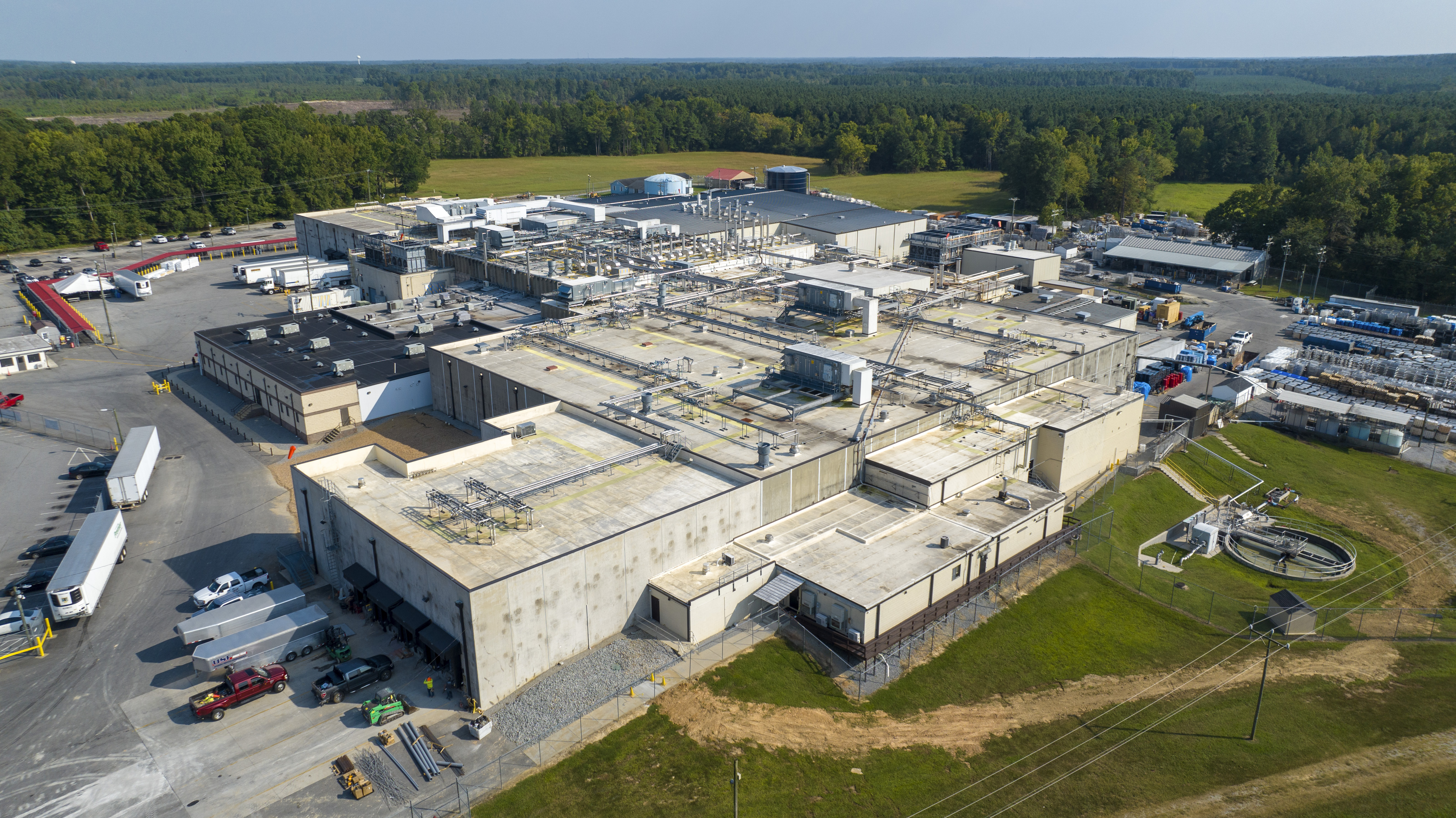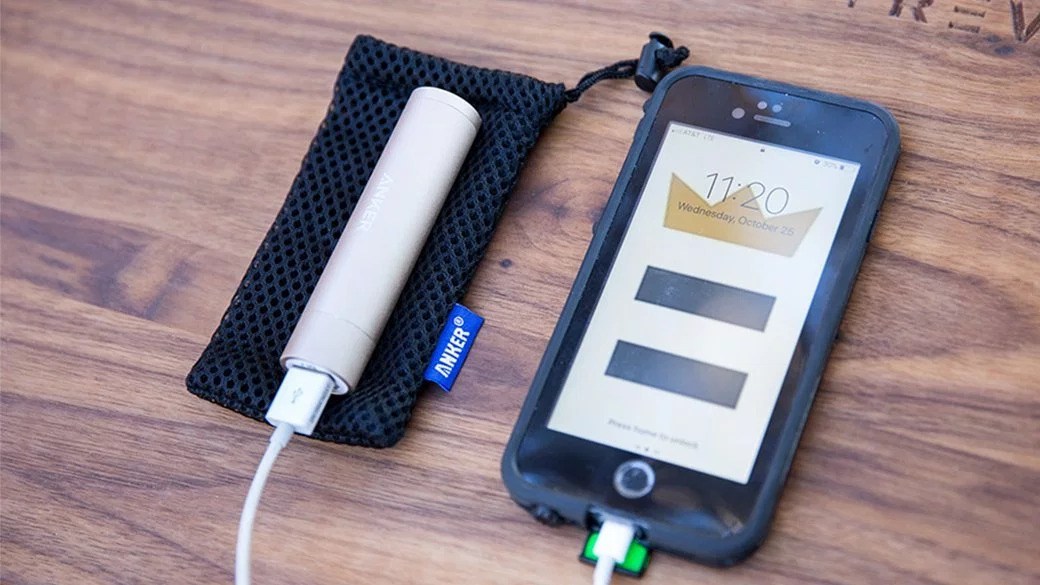EAST PROVIDENCE, R.I. (WPRI) — The images coming out of Australia are hellish, to say the least. According to CBS News, crews have been battling wildfires for the last five months. It’s estimated that close to 200 fires are still burning as of the start of 2020.
Nationwide, at least 25 people have been killed and 2,000 homes have been destroyed as approximately 20 million acres have burned. That’s equal to 31,250 square miles. For comparison, Rhode Island is 1,212 square miles, meaning the area affected is 25 times the size of Rhode Island, or the entirety of Rhode Island, Massachusetts, Vermont, and New Hampshire combined.

But what is causing these wildfires to rage out of control? Like those seen recently in the western U.S., much of the issue revolves around the weather conditions including the lack of rain and extreme temperatures.
Across the southern hemisphere, it’s currently summer. During the last month of 2019, the Australian Bureau of Meteorology recorded maximum temperatures across much of the country between 39°C and 42°C. (102°F and 107°F)

On top of the heat, much of the country is also in a drought. The Australian Bureau of Meteorology also reports this past November was the driest on record.

Also believed to be aiding in the drought condition is the Indian Ocean Dipole [IOD]. During periods of a positive index, there is a better chance for dry weather across Australia.

Between July and December of 2019, the IOD reached its strongest positive signal in five years. This has likely helped with the drought conditions across Australia. But, if there is any good news, the signal is weakening, moving toward a neutral signal. This will hopefully increase chances for rain across the continent.

The damage has already been done, however. The hot and dry conditions have allowed for much of the vegetation to dry out, becoming perfect fuel for wildfires. Typically, fires are started naturally, from a lightning strike. Other times, fires are intentionally started by humans. According to the NSW Police Force, 24 people have been charged with deliberately lighting bushfires.
With little to no rain falling across the country, the fires will continue to burn out of control. In some cases, the fires are so intense, they are generating their own weather — pyrocumulus clouds.

This weather phenomenon is helping to accelerate the already dire situation. These pyrocumulus clouds can cause thunderstorms with additional lightning, leading to additional fires.
Conditions will not improve until significant rain. Across Western Australia, the next week could bring close to 3-4″ of rain while much of the center of the nation sees nearly no new rainfall. Eastern Australia, where many fires continue to burn, could see less than an inch of rain.

How to help evacuees
- Donate to the Australian Red Cross, which is supporting thousands of people in evacuation and recovery centers across the country. Local residents can volunteer their services.
- Donate to the Salvation Army Australia, which is providing meals and support to evacuees and first responders in multiple locations.
- Extra room in your home? Offer to host people in need of emergency housing on AirBnB.
- Donate to the St. Vincent de Paul Society, which is helping evacuated families recover. The organization is providing food and clothing, helping cover bills, and donating household items to those whose homes have been destroyed.
- Donate food, funds or services to Foodbank, the largest hunger-relief charity in Australia.
- Donate to a GoFundMe dedicated to displaced First Nations Communities that need to rebuild.
- Donate food, toiletries and household items using Givit.
- Norfolk resident Joan Gramm is on a mission to sew hundreds of animal pouches for injured animals. Anyone interested in helping should contact the American Rescue Crafters Connect group on Facebook.
How to help firefighters
- Donate to the New South Wales Rural Fire Service. The service has set up specific funds for the families of volunteer firefighters who have been killed while on duty this fire season.
- Additionally, actor and comedian Celeste Barber is also hosting a fundraiser for the Trustee for NSW Rural Fire Service and Brigades donations fund.
- Donate to Victoria’s firefighting service, Country Fire Authority. The service is also managing locals who want to provide accommodation for people who have been displaced.
- The Country Fire Service in South Australia is taking direct donations.
- Donate to the Rural Fire Brigades Association to support firefighters in Queensland.
How to help wildlife
- Donate to WIRES, a wildlife rescue nonprofit that is rescuing and caring for thousands of sick, injured and orphaned native animals.
- Donate to the World Wildlife Fund Australia, which is directing its efforts towards koala conservation.
- Donate to the Port Macquarie Koala Hospital‘s GoFundMe, which has rescued and treated dozens of koalas suffering from severe burns. The hospital is using donations to install automatic drinking stations in burnt areas to help wildlife searching for water and to establish a wild koala breeding program to ensure the survival of the species.
- Donate to the RSPCA New South Wales, which is helping evacuate, rescue and treat pets and wildlife in threatened areas.
Related: BBB warns of donating to fake Australian wildfire relief funds










































































































